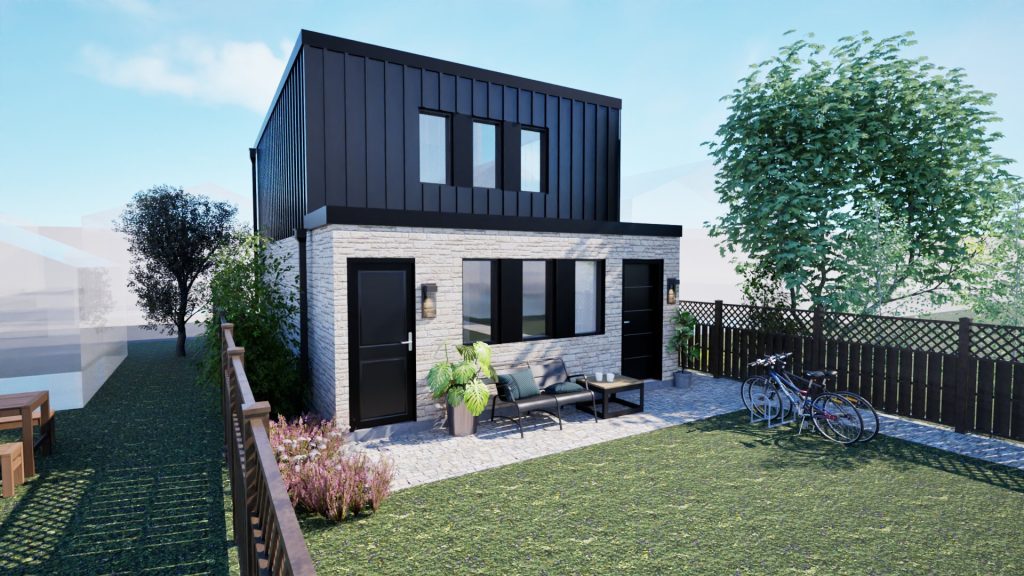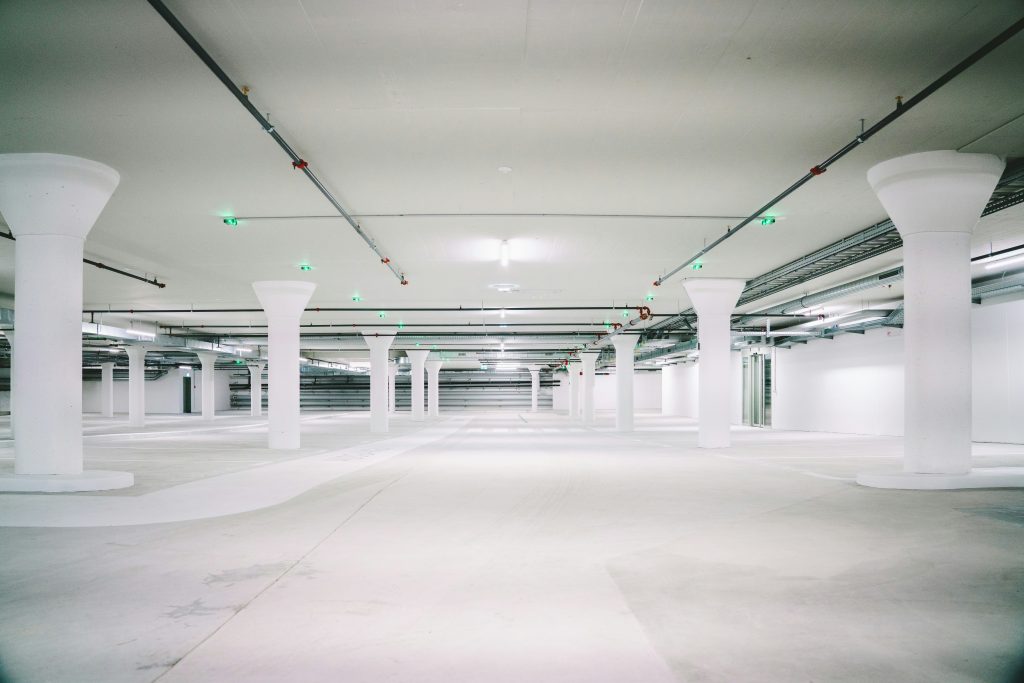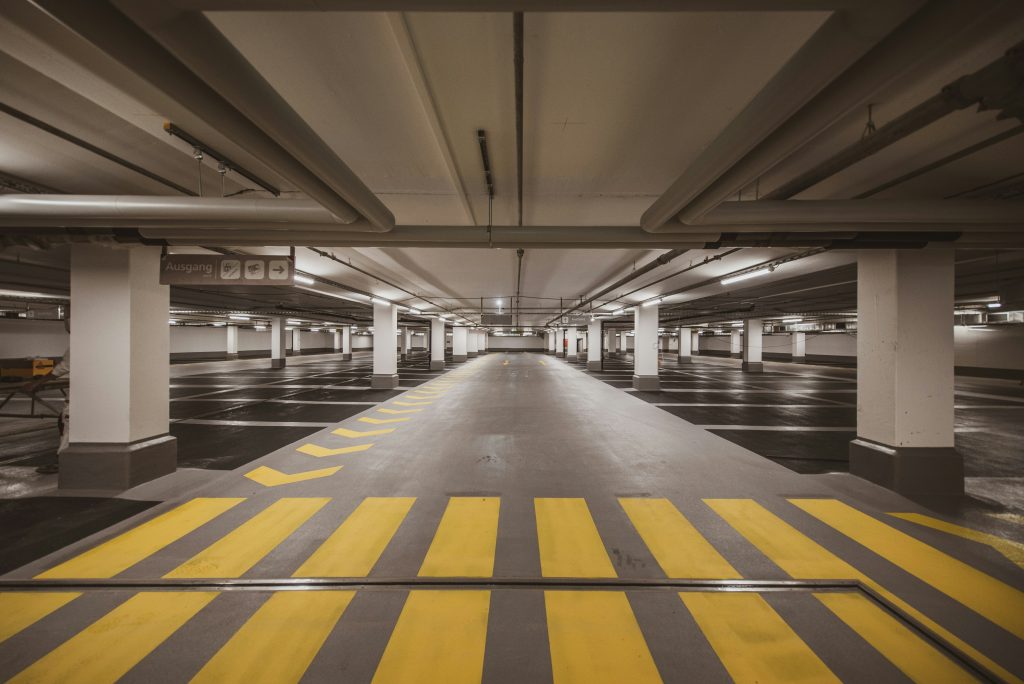The City of Toronto introduced laneway and garden suites as promising solutions to improve housing affordability. Yet, since their legalization in 2018 and 2022, only 166 laneway suites and 114 garden suites have been built.
Despite strong interest from homeowners, high costs and lengthy approval processes have slowed down construction. To address this, Mayor Olivia Chow and the City of Toronto have released free, Ontario Building Code-compliant designs to simplify the application process and eliminate the need to hire an architect.
This new set of initiatives is aimed at accelerating the construction of laneway and garden suites to address the housing crisis and boost missing middle housing.
These measures include:
- Free, Pre-Approved Designs: The City is offering standardized, “made in Toronto” building plans for studios and two-bedroom suites, which comply with the Ontario Building Code. These designs are intended to reduce costs and speed up the design phase.
- Online and Self-Service Submissions: Homeowners and developers can now submit permit applications online for garden suites, laneway suites, multiplex conversions, and new residential units, streamlining the approval process.
- Expanded Engineers’ Seal Program: As of July 14, professional engineers can sign off on garden and laneway suite designs, expected to reduce approval timelines by about 28 days.
- Public Demonstration Plans: The City will publish example plans to show where these types of housing can be built, helping homeowners visualize opportunities on their properties.
- Deferred Development Charges: Builders can defer development fees for up to 20 years, easing financial pressure during construction.
Big Goals, Missed Targets
Despite ambitious goals of delivering 285,000 new homes by 2030, Toronto fell short of its 2024 target and missed out on federal Housing Accelerator Fund bonuses due to construction delays. These new measures aim to streamline processes, reduce costs, and expedite the construction of much-needed housing.
Will it help?
While this move by the City of Toronto should prompt more action and create badly needed housing, it’s just a small step in mitigating a significant and accelerating problem. With Toronto’s homeless population doubling over the last three years (to 15,400), more measures and bolder moves are needed to tackle the issue appropriately.
One idea is to further the multiplex idea to increase housing density. The city’s partial legalization of sixplexes moves Toronto incrementally towards denser and potentially more affordable housing, but the watered-down implementation may limit its overall impact. The plan’s success will likely depend on how quickly additional wards opt in, how infrastructure adapts, and whether support from the public grows.
No Easy Solutions
While the housing shortage and affordability crises are significant problems that can’t be fixed overnight, the above measures should help combat both.
But many industry experts are still waiting for bolder moves that can be implemented quickly and will make a more substantial impact.
Big decisions feel easier with the right advice—we’re here to help. Send me an email (hillary@hillarylane.ca) or text/phone (416-882-4707).






